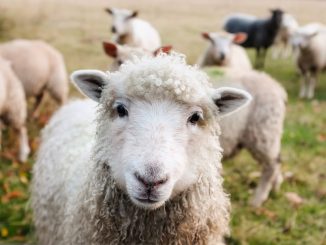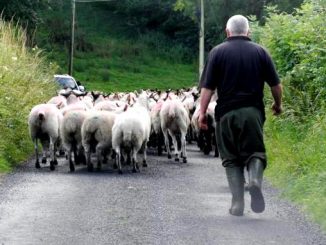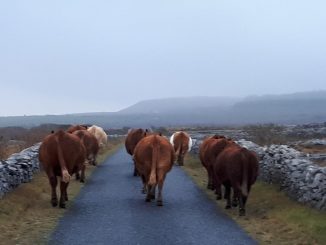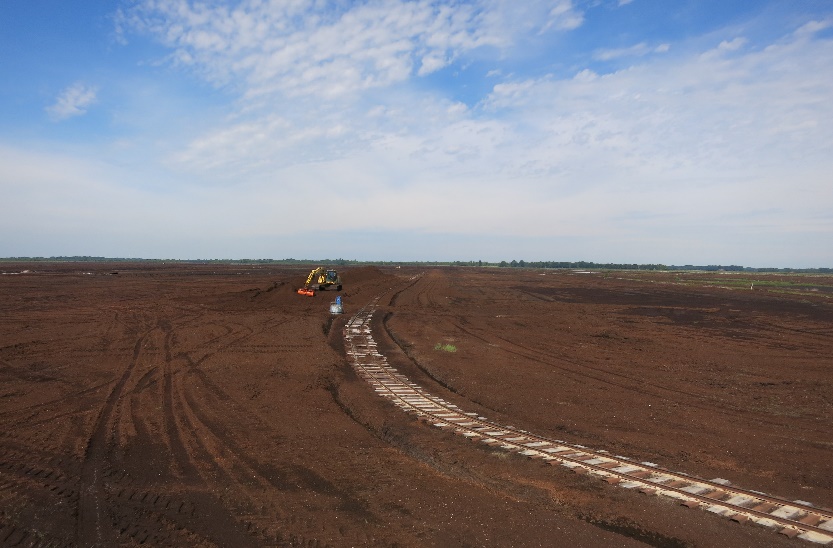
By Jan Peters (Michael Succow Foundation, Partner in Greifswald Mire Centre), Niall O’Brolchain (National University of Ireland, Galway), Dr. Franziska Tanneberger (Greifswald University, Partner in Greifswald Mire Centre)
Fully functional, healthy peatlands are the most effective long-term carbon store and sink on the planet. But what sort of state are they in, and what role for agriculture and CAP. And just what is Paludiculture ? Jan Peters and colleagues assess the terrain.
When you think of peatlands, images of wooden boardwalks through swampy grounds, white cotton grass gently swaying in the wind or mystical mist rising from little pools in the bog may come into your mind.
However, ecologically intact peatlands have become a rarity in Europe: Almost 50% of Europe’s peatlands are degraded, in western and central parts of the continent like in Germany or the Netherlands, the estimated share is up to 95%.
The situation in northern and eastern Europe is considerably better: In Poland the share of ecologically intact peatlands is in the order of 16%; in the Baltic it ranges from 25 % (Lithuania) to 35% (Estonia, Latvia). The Nordic countries still have a good share of intact mires on their territories; Finland with roughly 30%, Sweden even with almost 80 % (JOOSTEN et al. 2017).
This notwithstanding, degradation continues across the Union mainly due to agricultural activities, forestry, and peat extraction.
Peatland utilisation: An interplay of agricultural and climate policies
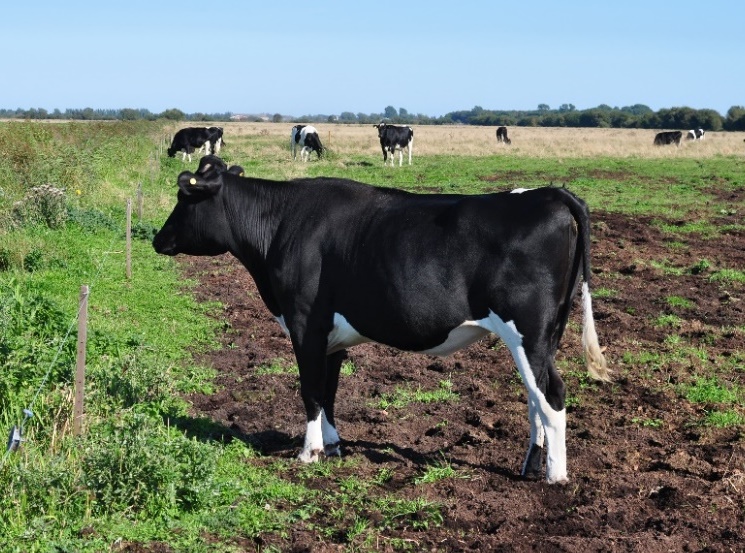
Peatlands are particularly rich in organic matter. Peat accumulates in areas where the decomposition of plants is slowed due to wet conditions, which results in a large store of carbon accumulated over thousands of years.
Fully functional, healthy peatlands are the most effective long-term carbon store and sink on the planet. Drainage for agriculture, forestry and peat extraction allows oxygen to enter the soil, leading to microbial decomposition of the peat and thereby breakdown of the stored carbon leading to emission of substantial amounts of CO2 and N2O.
Further negative consequences of drainage a reduction in water quality through the discharge of nutrients to ground and surface water. Drainage of peatlands also leads to land subsidence (1-2 cm yearly) which results in increasing drainage costs, higher flooding risks, and – ultimately – to loss of productive land.
Peatlands and organic soils in the European Union
– Peatlands occur in almost all EU Member States, with a concentration on North-western, Nordic and Eastern European countries.
– The EU is globally the second largest emitter of greenhouse gases (GHG) from drained peatlands (220 Mt CO2eq/year = 15% of total global peatland emissions [9]). This is equivalent to circa 5% of the official EU carbon emissions total of 4,483 Mt CO2eq/year in 2017 [2] but peatland emissions are not yet included in the total of officially reported and calculated emissions of all member states.
– The largest peatland emitters in the EU are Germany, Finland, United Kingdom, Poland, Ireland, Romania, Sweden, Latvia, Lithuania, and the Netherlands. In most of these countries, drained peatlands contribute to more than 25 % of total emissions from agriculture and agricultural land use (see figure 4)
– 99% of EU peatland emissions are caused by 16 of the 28 EU Member States.
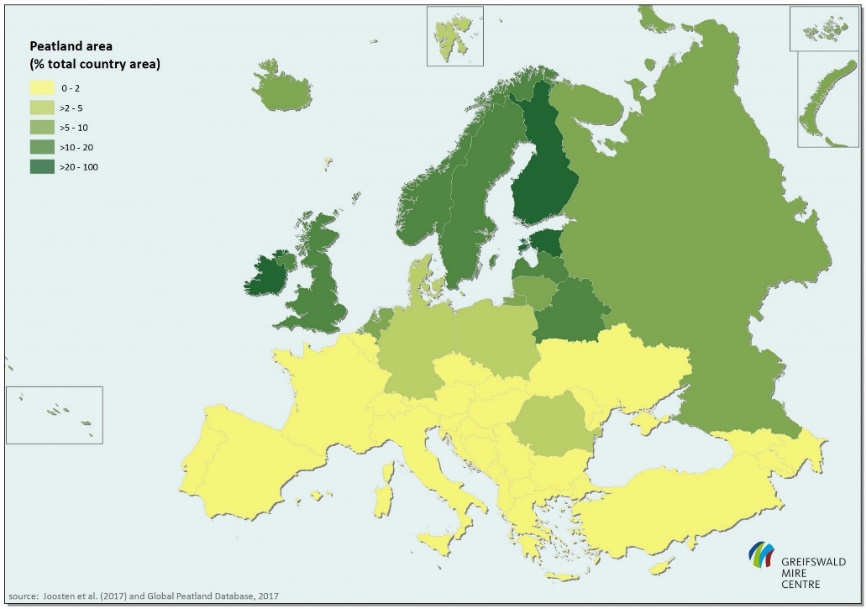
These emissions can be significantly reduced by raising water levels near to the surface (e.g. by drain blocking, stop pumping in polders), which reduces emissions and protects the remaining peat carbon store. In the long term, a complete cessation of peatland drainage and reversal of the effects of existing drainage is unavoidable if the EU and all its Member States commit to the unanimously affirmed core goal of the Paris Agreement – zero net emissions by 2050.
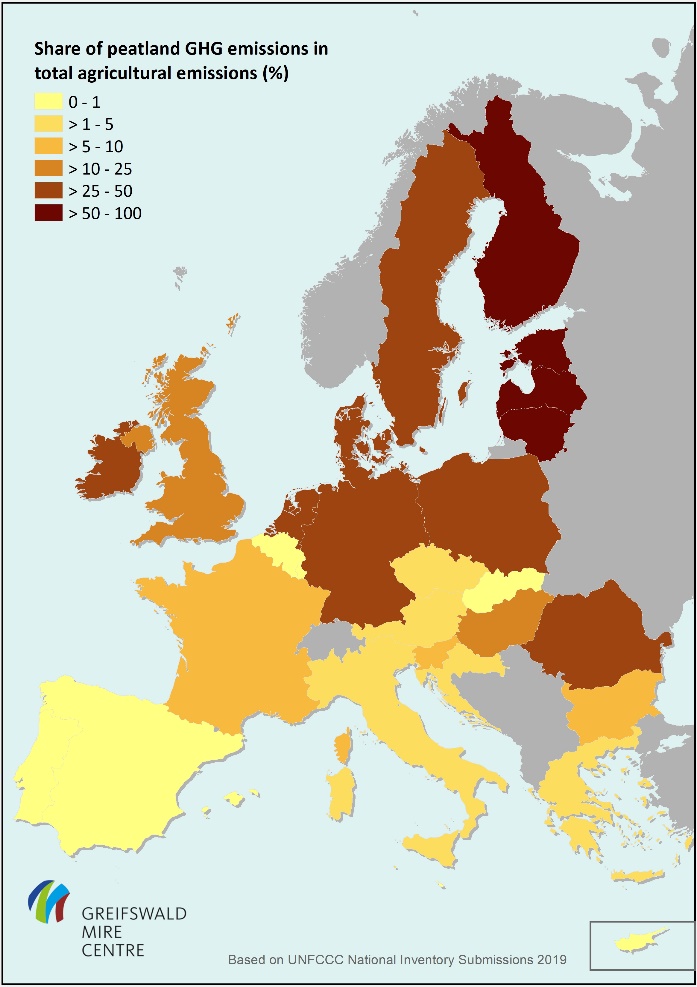
However, healthy peatlands are not consistent with conventional agricultural land use. If we want to continue productive land use on peatlands, a paradigm shift is required involving new farming concepts, crops and techniques as well as adjustments of the current agricultural policy framework. Appropriate climate policy measures, especially in the frame of the Common Agricultural Policy (CAP), must enable land use (sectors Agriculture and LULUCF [5]) to minimize peatland emissions. The European Commission (2017) has declared environmental protection and the fight against climate change as the greatest challenge of the future CAP.
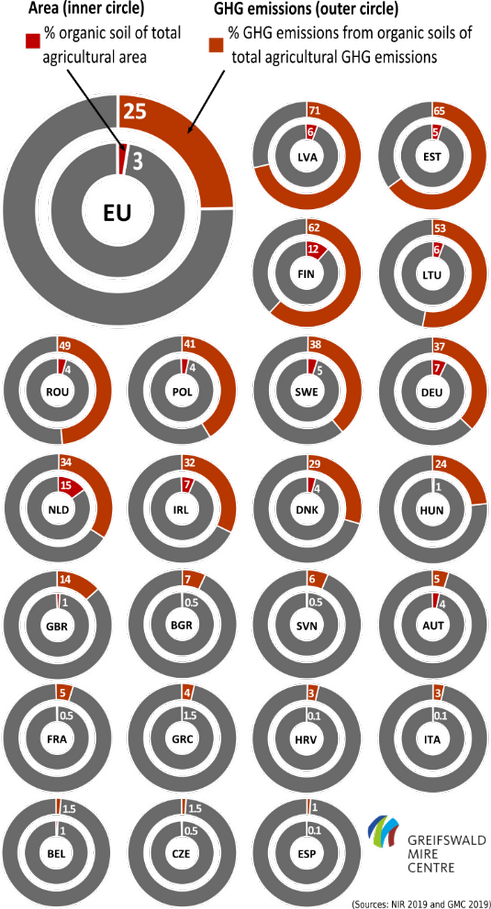
This policy brief demonstrates how wisely adjusted peatland management can achieve low-emission goals with further benefits for farmers, the economy, society and the environment.
Paludiculture as a low-emission land use alternative for peatlands
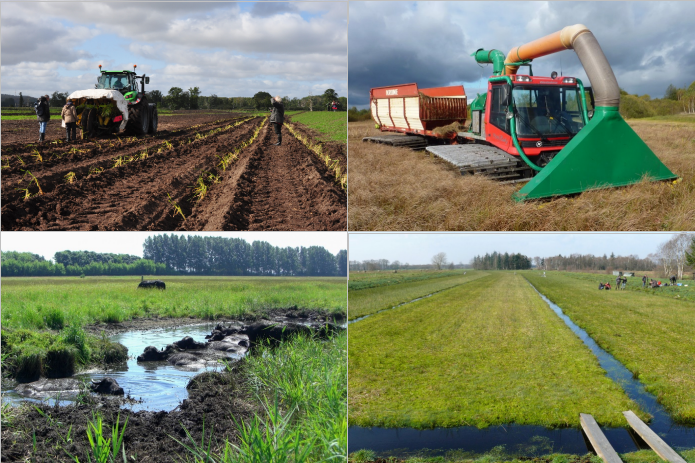
Paludiculture is defined as productive land use of wet peatlands that stops subsidence and minimises emissions (Wichtmann et al. 2016). In contrast to drainage-based agriculture, paludiculture cultivates crops that are adapted to high water levels, such as reed, cattail, black alder and peat mosses.
Using a variety of established techniques, the products of paludiculture can be processed to use as insulation and construction materials, growing media and bio-refinery products as well as for livestock fodder and for fuel. Innovative products, including cosmetics, medicinal and food products, are under development. Large-scale implementation of paludiculture, however, requires agricultural policies to set explicit incentives that ensure that it becomes advantageous for landowners to rewet drained agricultural peatlands.
One policy incentive could be the implementation of carbon farming on peatlands by introducing specific payments for keeping carbon in the ground. This could be granted via public payment or appropriate credit schemes for farmers who wish to avail of carbon credits through the voluntary carbon market at regional and national levels. These schemes can be supported and recognised by the CAP and governments in the Member States.
The way forward for a better wetter future of CAP
The CAP framework is generally suitable for realising an EU-wide realignment of peatland maintenance and supplying (co-)funding for reaching the stated goals. Additional support may come from the European Regional Development Fund (ERDF) (cf. funding directives in Bavaria and Lower Saxony, Brandenburg, Germany).
A combination of the following actions can pave the way towards low-emission peatland utilisation:
– Guaranteeing eligibility of farmed wet peatlands for 1st and 2nd CAP pillar payments;
– Phasing-out CAP funding for drained peatlands (direct payments, agri-environment-climate schemes, investment promotion for drainage systems etc.) in order to create coherence between agricultural and climate policies and to underline the necessary paradigm shift for reaching the climate change mitigation goals under international law;
– Remunerating ecosystem services with results-based agricultural payment schemes to set attractive incentives for reducing GHG emissions and for supplying other ecosystem services (e.g. nutrient retention, water quality and flood regulation);
– Implementing national peatland carbon credit schemes in the 16 EU Member States with significant peatland emissions, to facilitate carbon retention and carbon capture;
– Establishing long-term programmes (15-20 years) to ensure planning security and permanence of positive climate and environmental effects;
– Applying and refining existing instruments (e.g. EAFRD, ERDF) to provide incentives for all implementation steps, including site preparation, establishment of suitable crops and techniques, raising the water level, selection and breeding, management and harvest with adapted agricultural equipment, processing and marketing;
– Promoting knowledge transfer, consultation and establishment of demonstration farms;
– Exchanging on experience between peatland-rich regions in Europe to develop regionally customised solutions, including participation and acceptance of all stakeholders, output orientation and cost-efficiency.
Paludiculture and carbon farming as win-win-options
Paludiculture and carbon farming, supported by existing and adapted agricultural policy measures, will provide win-win-options for various sectors of society:
Agriculture: New income opportunities on marginal organic soils, soil protection, better social image, climate adaptation (reduction of risks of crop failures after heavy rains, floods or droughts);
Society: Securing and creating employment in rural areas, regional recreation and tourism, identity, reduction of economic collateral damage caused by drainage;
Economy: Substitution of fossil resources (energy sources, mineral oil-based construction material, peat in horticulture) by renewable biomass materials from wet peatlands, bio-economy, sustainable food and fodder production;
Environment: Climate, water and biodiversity protection with comparatively low costs, support of wide-ranging ecosystem services.
More on ARC2020
Could Results-Based Payments Help Finland’s Most Endangered Farmlands?



